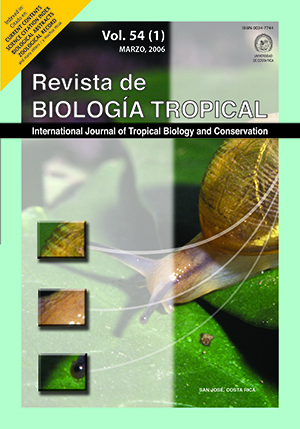Abstract
Although Costa Rica has been biologically well studied, few areas have complete mammal inventories, which are essential for ecological studies and conservation. The San Vito region is considered among the most important for scientific research in the country because of the presence of the Wilson Botanical Garden and Las Cruces. However, the knowledge of its mammalian fauna is incomplete. We extensively studied the mammals of San Vito, compiled a checklist, and evaluated its composition, relative abundance, habitat distribution, and conservation status. We recorded 105 species, representing 85 genera, 29 families, and 10 orders. Non-volant mammals represented 62 species, 59 genera, 23 families, and 9 orders. Bats belonged to 6 families, 26 genera and 43 species. The extensive deforestation and hunting have caused the extinction of seven species, but the region still supports, surprisingly, a relatively high number of species, most of which are rare. Few species are common and abundant. Species richness was higher in forest, and forest fragments; fewer species were found in coffee plantations, induced grasslands, and secondary vegetation. Around 21% (13 species) are included in the IUCN red book. Three species are considered endangered (Saimiri oerstedii, Tapirus bairdii, and Sylvilagus dicei), and two threatened (Myrmecophaga trydactila and Caluromys derbianus), of which two (T. bairdii and M. trydactila) are locally extinct. The other species in IUCN are either of low risk (i.e. Chironectes minimus)or data deficient(Lontra longicaudis). Additionally, 24 species (39%) are included in CITES.
##plugins.facebook.comentarios##

This work is licensed under a Creative Commons Attribution 4.0 International License.
Copyright (c) 2006 Revista de Biología Tropical






